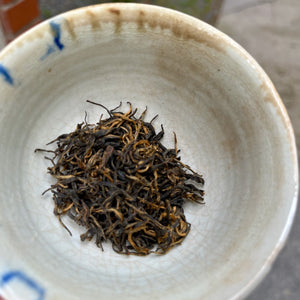Yin (silver) Jun Mei
Tax included
Shipping calculated at checkout
In stock
Pickup currently unavailable
Yin (Silver) Jun Mei – Silver Eyebrow Red Bud Tea
Yin (Silver) Jun Mei is a modern Wuyishan classic: a small-batch red tea (Chinese black) made from hand-picked spring ingredients, bringing the clean, natural sweetness of the cool-haze microclimate and mineral soil of the Wuyi Mountains to the cup. The style became known in the early 21st century in the Jun Mei (“eyebrow”) family of teas, where Jin Jun Mei (gold) is an all-bud selection, while Yin Jun Mei is usually made with a bud + tender leaf picking standard – this gives it a slightly fuller, honey-malty, yet elegantly floral character.
Taste and aroma: honey-floral opening (acacia honey, wildflowers), malt and fine cocoa in the mouth, then layers of red dates , prunes and aged honey . The texture is silky, medium-full; the aftertaste is long, clean, with a slightly woody-cocoa finish.
Raw material & terroir: Wuyi Mountains, Fujian (China). Early spring, hand-picked; selected buds and tender leaves. Wuyi's UNESCO World Heritage environment, frequent fog and well-drained mineral soil give the tea a complex, "dry sweet" aromatics.
Processing (in brief): gentle withering → hand rolling → full oxidation → low-temperature, multi-step drying / roasting, which fixes the aromas and highlights the honey-fruity line. The style is smoke-free (not classic smoked lapsang), so the natural fruitiness and cocoa-malt depth remain in focus.
Why it's so good? A bud-dominant delicacy, but the presence of the leaf gives it a rounder, more substantial body. Easy to make, yet layered; it beautifully breaks up the honey-fruity notes in both gongfu and Western styles. An excellent afternoon "dessert tea", but also works well with food pairings (butter sponge cake, almond biscuits, soft cheeses).
Preparation suggestions
Asian (gongfu) method: 4–5 g / 100–120 ml gaiwan or small pot, 92–95 °C. 1st pour 15–20 sec, then gradually increase (8–10 pours will do). Tip: no rinsing necessary; short pours produce the purest honey-floral layers.
Western method: 2.5–3 g / 300–350 ml, 92–95 °C, 2–3 min. ±30 sec. to taste. Can be re-soaked 1–2 times; the sweetness and red fruits are well preserved.
Cold brew: 6–8 g / 1 liter of filtered water, 8–12 hours in the refrigerator. Result: silky sip, low tannin, enhanced honey and red fruits.
Useful tips
Water: low-mineral water brings the cleanest profile. Ratio: for a more intense cup, keep the ratio around 1:15 (tea:g), for a milder cup, 1:20. Storage: protected from light and odors, in tightly sealed packaging. It is also beautiful fresh, but it will continue to round out over 6–12 months; it can be gently aged for 1–2 years in closed storage.
Suitability: A red tea that is also great for beginners – it easily "gets the point" – and for advanced users, it provides plenty of layers with long, controlled infusions.

Personal contact
Our teas don't come from wholesale warehouses or unknown sources. We travel to the small producers we source from – whether it's a Japanese family tea garden, a Chinese mountain village or an oolong maker in Taiwan.
Stories
We meet them in person, learn their story, see how they care for their plants, and how they process the fresh leaves.
These experiences are the soul of our teas. This way, not only is the quality guaranteed, but also the fact that behind each cup there is a real person, a real story.
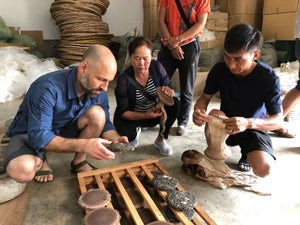
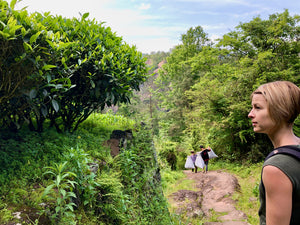
Direct
This direct relationship is valuable to us. Not only because of the excellent tea, but because we believe that trust, respect and personal presence are what make the tea drinking experience truly special.
Teavolution Tea Blog
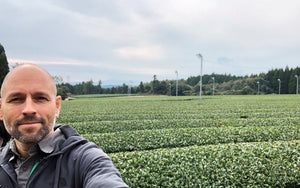
Oct 2, 2025
Sencha tea
Read more

Sep 21, 2025
Matcha hiány Japánban
Read more
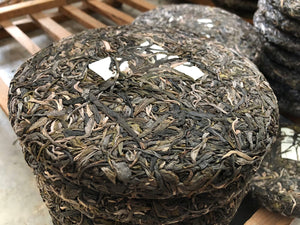
Mar 18, 2025
Puer tea, puerh or pu-erh
Read more
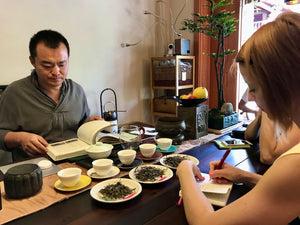
Mar 18, 2025
Types of tea
Read more
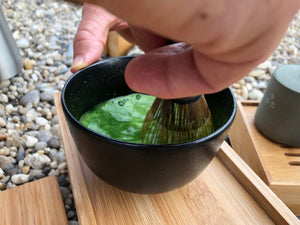
Mar 18, 2025
What is matcha tea?
Read more

Mar 18, 2025
Oolong tea (Wulong tea)
Read more

